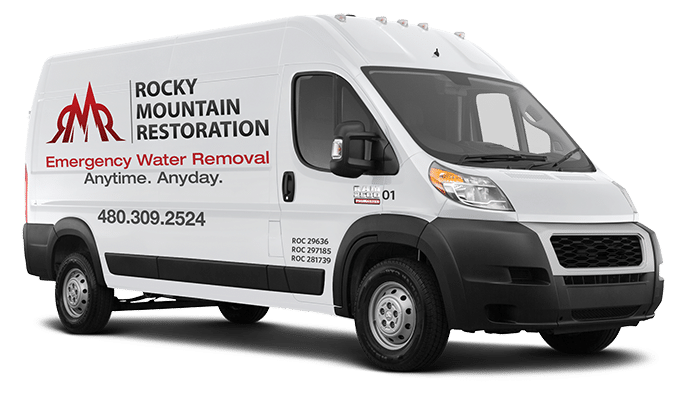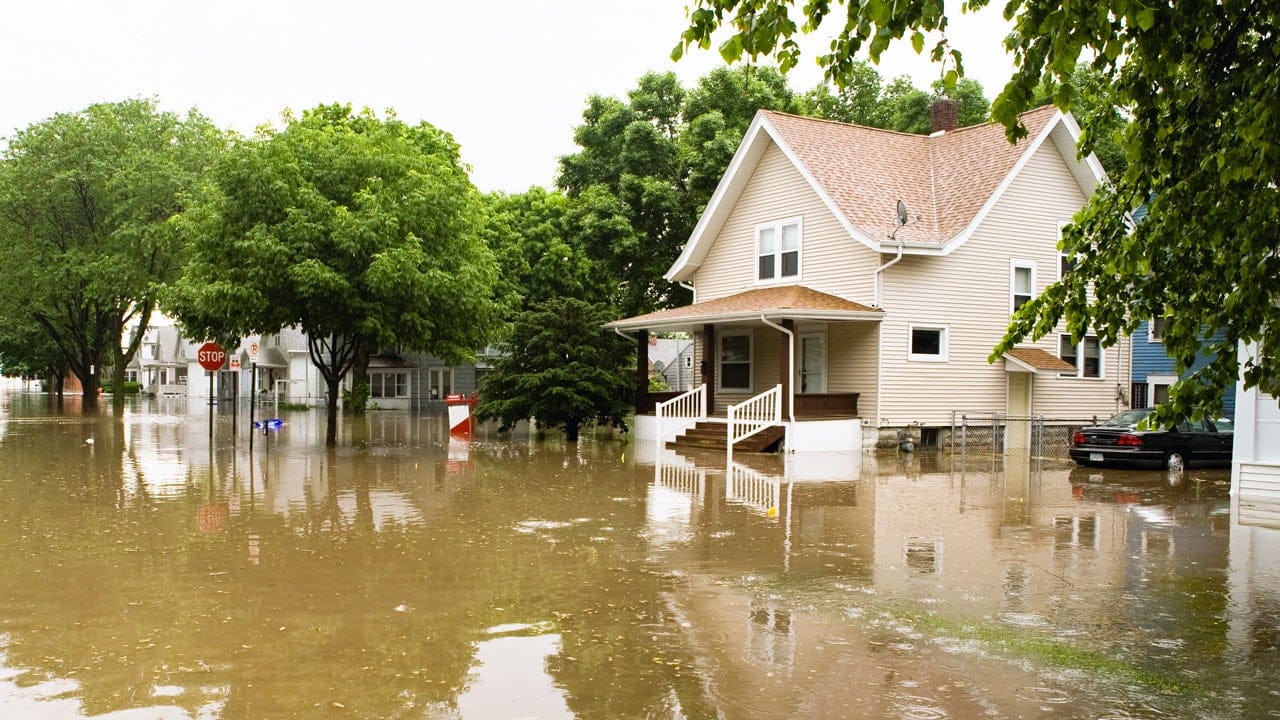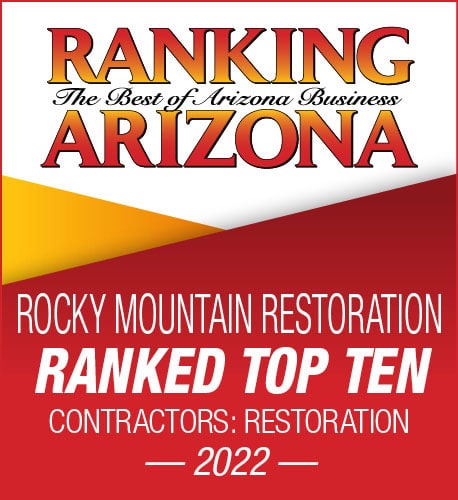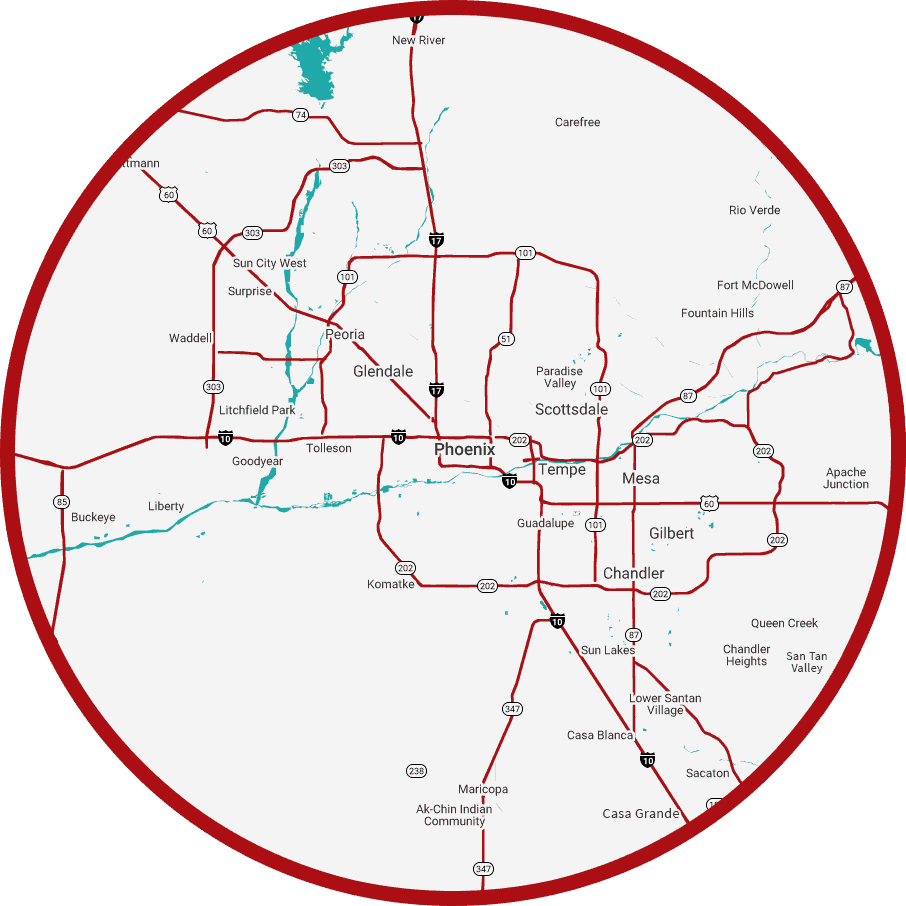Floods occur when riverbeds, soil and grass cannot absorb all the rainwater that falls from rainfall. Hydrologists, engineers and city planners strive to mitigate its negative impact.
Flood prevention strategies include building dikes and barriers, creating run-off areas, and elevating homes that were constructed near regulatory flood zones.
1. Elevate Your Home
Flooding can be costly and harmful to health; not only is it expensive, it can also put lives in jeopardy. Floodwaters can contaminate drinking water sources, erode soils and spread bacteria – particularly dangerous for elderly individuals or those with compromised immune systems. Even one inch of floodwater damage can cost an average home $25,000 so taking precautionary steps against flooding as soon as possible is key to protect both you and your property from this natural calamity.
One of the best ways to prevent flooding is raising your house to a higher elevation. Although this requires dismantling and reconstructing or extending foundation, this strategy can significantly lower flood risks while saving money in the long run.
Floodproof your property using flood vents, flood resistant building materials and other techniques designed to let water in while keeping it out of your basement. Installing a battery-powered sump pump may also come in handy in case the electricity goes out or is turned off for any reason – especially useful during periods when your power goes out!
To determine your area’s base flood level, the best way is to consult FEMA maps and search your address. Additionally, contact your local floodplain management office for additional guidance and details.
Grading your property so it slopes away from your home’s foundation may help prevent flooding. This can be done manually or with professional assistance; after each rainfall event it is crucial to check that water flows away from rather than toward it and that downspouts point away to keep pooled water at bay.
Here are some tips on how to prevent home floods:
- Know your flood risk. The first step to preventing a flood is to know your risk. You can find out your flood risk by contacting your local government or by visiting the FEMA flood maps website.
- Take steps to reduce your flood risk. If you live in a flood-prone area, there are a number of things you can do to reduce your flood risk. These include:
- Raising your home. If your home is below the flood level, you may be able to raise it by a few feet. This will help to protect your home from flooding.
- Installing flood vents. Flood vents are small openings that allow floodwater to flow freely through an enclosure such as a crawlspace or garage. This can help to prevent water pressure buildup that can destroy walls and foundations.
- Installing a sump pump. A sump pump is a device that pumps water out of your basement or crawlspace. This can help to prevent flooding in these areas.
- Ensuring proper drainage. Make sure that your gutters and downspouts are clean and free of debris. This will help to ensure that water can drain away from your home properly.
- Protecting your electrical system. If you live in a flood-prone area, you may want to consider having your electrical system elevated or flood-proofed. This will help to protect your electrical system from damage in the event of a flood.
- Have a flood plan. Even if you have taken steps to reduce your flood risk, it is still a good idea to have a flood plan. This plan should include:
- A list of important documents and belongings that you would need to evacuate with.
- A plan for where you would go if you had to evacuate.
- A list of contact information for your insurance company, emergency services, and other important people.
By following these tips, you can help to prevent home floods and protect your property from damage.
Here are some additional tips:
- Sign up for flood alerts. Many communities offer flood alerts that can notify you of a potential flood threat. This will give you time to take steps to protect your home.
- Inspect your home regularly for signs of flooding. This includes looking for cracks in your foundation, water damage, and other signs of trouble.
- Keep your gutters and downspouts clean and free of debris. This will help to ensure that water can drain away from your home properly.
- Have your sump pump inspected and serviced regularly. This will help to ensure that your sump pump is working properly and can protect your home from flooding.
By following these tips, you can help to keep your home safe from flooding.
2. Clear Your Gutters and Downspouts
Your gutters play an essential role in keeping rainwater away from the foundation of your home, and any obstruction could result in floodwater reaching it and compromising its structural integrity. Proper management of storm water preserve landscaping, protect fascia boards and soffits and avoid further damages to the house itself; while clogged gutters can lead to water intrusion, mold, mildew or rot which will shorten its lifespan making repair more costly in the long run.
To maintain optimal gutter condition, clean them twice each year – in spring before heavy summer storm rains begin and again before winter ice dams form. Use a ladder to reach high points of your gutter and scoop out debris such as leaves, twigs and gunk – then flush away with water from a hose fitted with a spray nozzle; or hire an auger or plumbing snake to dislodge stubborn clogs using power washers, augers or plumbing snakes.
If you are doing your own gutter cleaning, be sure to wear rubber gloves. Make use of a ladder in order to avoid slipperiness or falling, and don’t carry tools like trowels in your pockets; keep a bucket or handled plastic bag nearby so debris can be dumped as needed. If you are unable to safely climb a ladder, professional services should be sought out. Also be sure to clear out street drains as these play an essential role in preventing flooding when it rains. Keep your streets clear by not piling debris onto street drains – this can clog them, leading to flooding and back-up ponding that affects yards and homes in your community. While the City works tirelessly to maintain our drainage infrastructure, all residents must play their part by not placing yard waste along streets or gutters.

3. Seal Your Windows and Doors in Arizona
There are various strategies available to you for lowering the risk of flooding at home. Sand bags are an inexpensive solution that can be used to block doors, air vents and sinks; other possible remedies include using caulk or silicone sealant around them and around any cracks or gaps in which water could seep through. Assess your home before flood season hits to identify where water may seep through.
Though flood prevention may seem daunting, homeowners should take measures to lessen damage and loss. An emergency plan in case of flooding should include gathering documents, creating copies of insurance policies, having battery-operated radios on hand and shutting off power at the breaker panel as well as elevating furniture, appliances and valuables to higher floors quickly. Also having a sump pump with battery power backup to rapidly drain flood waters from your property would be useful.
As another method to prevent flooding, make sure the ground around your home is graded appropriately so that water runs away from it rather than toward it. Consulting a general contractor is an effective way of assessing whether the sloped ground meets your specifications and offering suggestions on corrective action if necessary.
For those wishing to protect their gardens from flooding, digging ditches or barriers that redirect water flow may help improve soil nutrient levels and make crops and vegetables grow better. Also using raised beds for planting can reduce flood risks while improving plant health.
4. Plant Trees With Aggressive Root Systems
Properly planted and cared-for trees can be invaluable tools in flood prevention. Trees reduce erosion by slowing water flow, while their roots stabilize soil. When planted strategically in key locations, trees can protect homes from flooding by diverting excess water away from structures. When selecting where to place new trees on your property, take slope and drainage into account: the yard should ideally slope away from your house and any structures located there; otherwise you can create one by adding dirt into certain sections of the yard.
Trees provide other natural benefits when planted in flood-prone areas. Their leaf canopies intercept rainfall, slowing its pace into rivers and decreasing the risk of them bursting their banks. Trees also reduce wind speeds and act as a physical barrier against floodwater that speeds its progress.
However, certain species of trees are more vulnerable than others to flooding-induced damage, which may include changes to soil conditions, disruption of oxygen/carbon dioxide exchange, physical damage, insect infestation and disease. Some symptoms of flood-related tree damage may be difficult or subtle to spot; examples include reduced leaf growth, water sprouts (new shoots emerging from beneath a tree’s base) or early fall color changes.
When planting trees in flood-prone areas, select species with deep-root systems for maximum penetration and stabilization of soil. Shallower rooted varieties may become trapped in topsoil when exposed to water, leading to stress when exposed. As with all plantings, be mindful of spacing out roots properly in order to protect sewer lines, pipes and home foundations from being damaged by their roots.
5. Keep Your Appliances and Electronics Raised in Mesa, AZ
Keep appliances and electronics raised is an effective way to combat floodwater. If a storm is forecast and there is enough time for preparation, move electronics into areas above their expected level of flood water; alternatively unplug and wrap in waterproof resealable bags if that’s not an option.
Floods are a serious natural hazard with potentially life-threatening results, occurring when too much rain falls to absorb by the ground or river banks overflow. Floodwaters may wash away bridges and cars as well as wash away soil that supports buildings causing them to collapse or shift unexpectedly.
River flooding occurs when heavy rainfall or melting snow causes rivers to overflow their banks, often flooding land that would normally remain dry. Other causes of floods may include ice jams, beaver dams in vulnerable spots and blocked drains.
Floodwater can contain debris, pesticides, fuel and raw sewage that could make you sick, so it is crucial that any children or pets be kept out of it as much as possible. When flooding occurs it’s vital that any adults stay clear of it as well.
If your electronics cannot be removed from an area at risk for flooding, try protecting them by shoring up its perimeter with sandbags or quick-inflating water dams, or by elevating appliances and electronics with cinder blocks, boards or pallets.
Be wary of powering up any equipment submerged in floodwaters as it can result in an electrical short circuit and lead to fire or injury. Any water damaged electronics should be promptly replaced while any food stored in plastic or cardboard containers immersed in floodwater should also be immediately thrown out.













